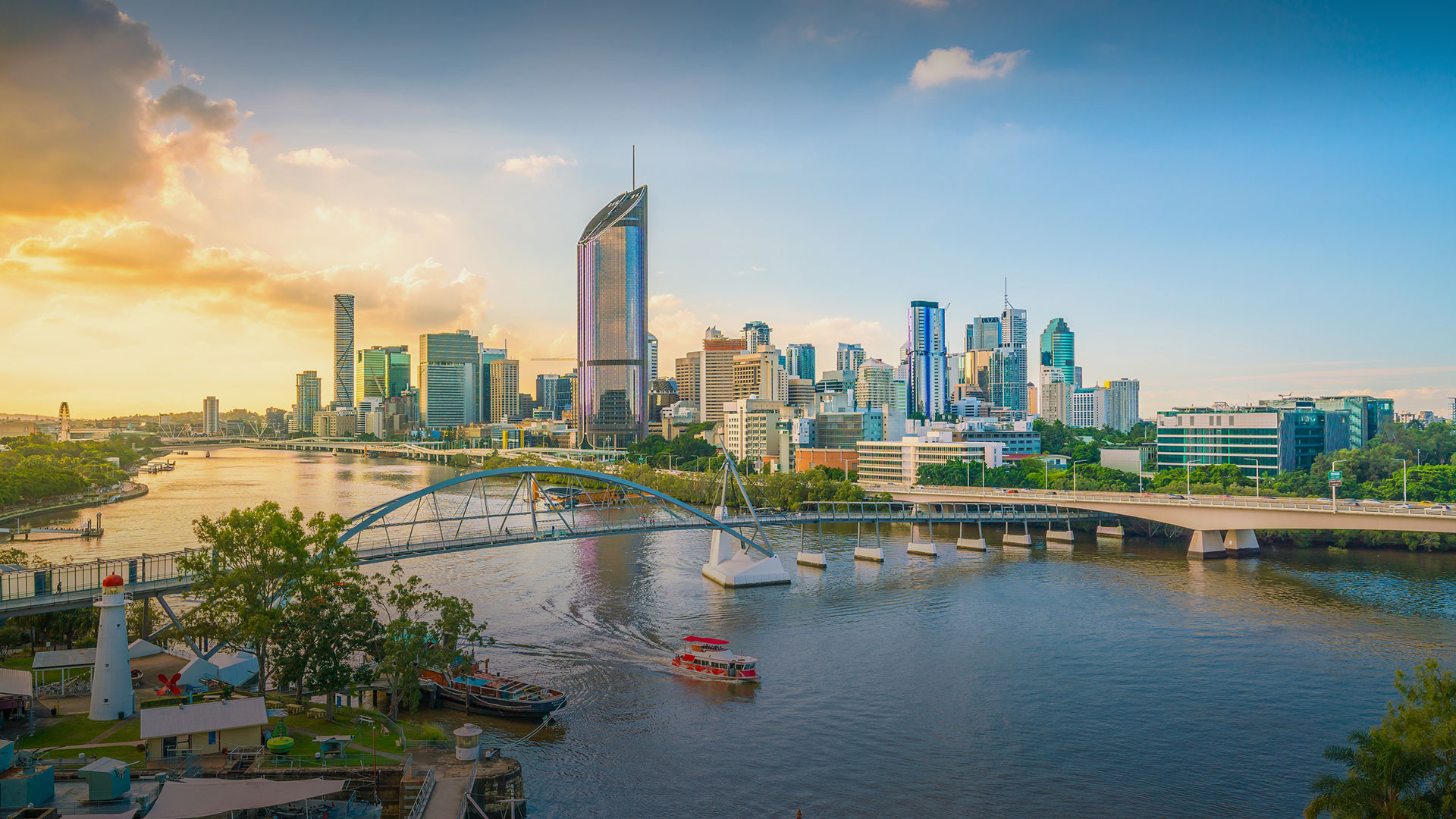
North Brisbane / Moreton Bay
For the past 18 months, the Moreton Bay Region has ranked among the top LGAs in Australia for the number of suburbs with growing buyer demand. The region has been the No.1 market in Greater Brisbane for some time – and has steadily lifted the number of growth suburbs each quarter over the past 12 months. This ongoing rise in buyer demand is leading to good price growth in suburbs throughout the region.
The Moreton Bay Region is one of the fastest- growing urban areas in Australia. With 3,800ha of vacant land suitable for residential and commercial projects, the region is expected to grow 40% over the next 20 years. During this time, the suburbs of Kallangur, Murrumba Downs, Mango Hill, Rothwell, Kippa-Ring and Petrie are forecast to grow by 40,000 residents and 19,000 jobs. MBRC has spent $980 million on community and transport infrastructure over the past six years and more serious infrastructure is predicted.
APPEAL
The region has appeal because of it’s affordablity, proximity and connectivity to the CBD. However, its future is even more promising now that work has begun on a new university precinct at Petrie, next door to Lawnton. The Moreton Bay region has large tracts of vacant land, a useful situation for a Local Government Authority dealing with rapid population growth. In support of this growth, it’s estimated that 13,500 new dwellings will be needed. Moreton Bay Regional Council (MBRC) forecasts the region will need an additional 88,000 dwellings by 2041.
INFRASTRUCTURE
The State Government has named the nearby Caboolture-Morayfield as a Principal Regional Activity Centre in the South East Queensland Regional Plan 2009-2031. The $100 million Morayfield Health Hub which offers a range of medical facilities is an example of the new infrastructure. Meanwhile, access to the Australia TradeCoast, Port of Brisbane and Brisbane Airport has been improved with the $1.1 billion Gateway Upgrade North project now complete. This will improve road access for Moreton Bay Region residents who work in these precincts, which collectively comprise the largest jobs node in the Greater Brisbane Area.

